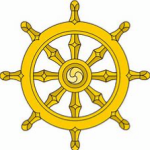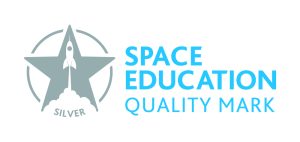Welcome to Class 2
Welcome back Year 2! This term we have lots of new knowledge to learn and remember.
Year 2 Updates:
- Outdoor Learning – Thursday afternoon
- School Library session – Monday afternoon
- PE – Friday afternoon
Literacy
In our whole class Literacy lessons, we have been reading The Railway Children (Usborne Young Reader). We have been following the story of Bobbie, Peter and Phyllis and how they go on their own exciting journey to the countryside. We have been writing our own diary entries, focusing on accurate punctuation, handwriting and paragraphing. Next, we will be writing our very own newspaper reports about the events in the story. Later in the term, we will be reading The Runaway Train by Benedict Blathwayt before sharing the wonderful stories of Winnie The Pooh by AA Milne and One Snowy Night by Nick Butterworth.
Children in Year 2 have an excellent attitude to reading, and we owe a huge thank you to parents to continue to engage with reading at home. We have an enormous range of books in school and we hope you have enjoyed sharing the library books we have been sending home.
Maths
In Maths, we are looking forward to continuing our mastery approach to our lessons, developing our reasoning and problem-solving skills and gaining a deeper understanding of early mathematical concepts. We will begin the half term by looking at the topic of money. We will explore pence and pounds and recognise the value of coins. Next, we will be exploring multiplication and division which involves using: arrays, doubling and halving, grouping, odd and even numbers and the 2x and 5x tables. Later in the term, we will be learning about length and height as well as mass capacity and temperature.

Science
In our Science lessons, we will be learning all about plants. We will begin by exploring different types of plants and where they might grow. Later, we will plant our own seeds and observe how they grow over time. We will explore where plants store their seeds and how they are different before learning more about our chosen ‘Plant scientist’ Angie Burnett. After the half term break, we will be furthering our knowledge of different materials. We will compare and identify the suitability of a variety of everyday materials as well as exploring different materials to see whether they can be changed by squashing, bending, twisting and stretching. We will continue to develop our scientific skills through practical experiences.

History
In History this term, we will be learning all about The History of The Railway. We will begin by making historical enquiries about how people travelled in the past. We will identify forms of transport and discuss George Stephenson’s role in the development of the railway. As part of our speaking and listening development, we will consider different viewpoints about the development of trains and hold our own mini classroom debate. Finally, we will explore how the development of the railway impacted people’s lives.

Geography
Our Geography topic this term is, ‘What are the streets and roads around school like?’ In this topic we will be using aerial photographs and OS maps to investigate the streets and roads around school. We will be taking a route around the local area using our knowledge of map symbols and the key. Then we will compare the different streets and roads which are found in our local area. We will also complete a traffic survey, looking at the different modes of transport which travel along Bede Road.

RE
In the first half term, we will be looking at how Buddhists show their beliefs. This will involve looking at the importance of Buddha, the Four Noble Truths and key Buddhist symbols. In the second half term we will be focusing on the Easter story and how Christians celebrate Easter.
Art
In Art, we are going to create abstract collage portraits inspired by Pablo Picasso. Then we will be creating a view from a train using a combination of drawing, painting and weaving techniques. This work will be inspired by Michael Crompton.
DT
In DT, we will be investigating bridges by designing, making and evaluating our own models. This will involve identifying when a structure is more or less stable than other and using different equipment to perform practical tasks.























